@shannonosaka.bsky.social says pretty much what others here have been saying; flood insurance is rare except for people who are required to get it in order to have a mortgage — memories fade faster than the likely recurrence interval for major disasters.
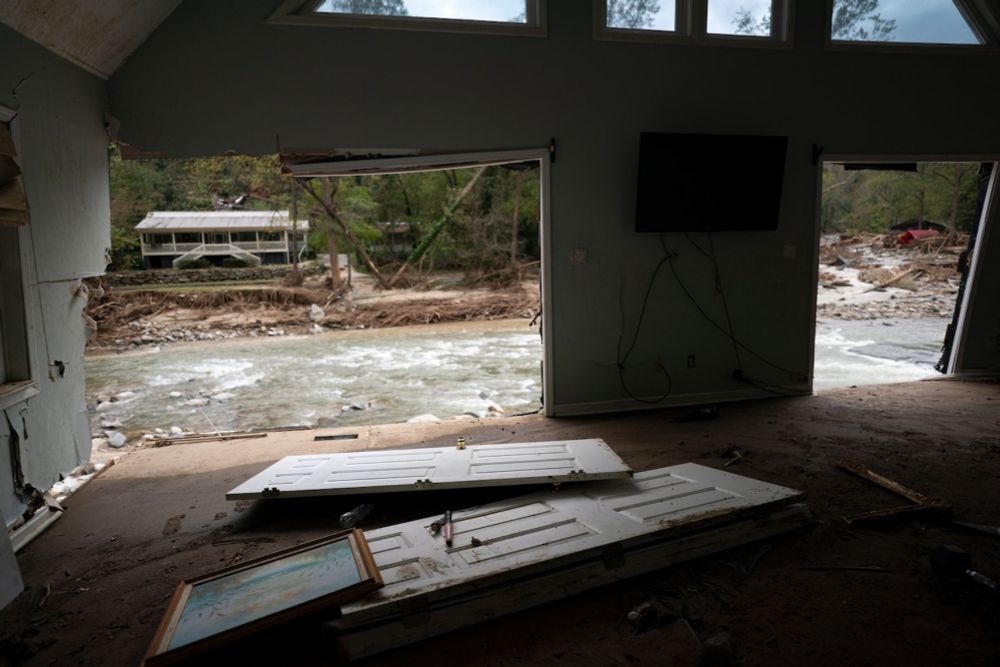
The United States’ crumbling flood insurance system faces a new test after Hurricane Helene.
Love reading Kate Yoder on the snafu around Patrick Brown, his disavowing of his own study, and the complicated politics of doing climate science in a polarized world. grist.org/science/patr...
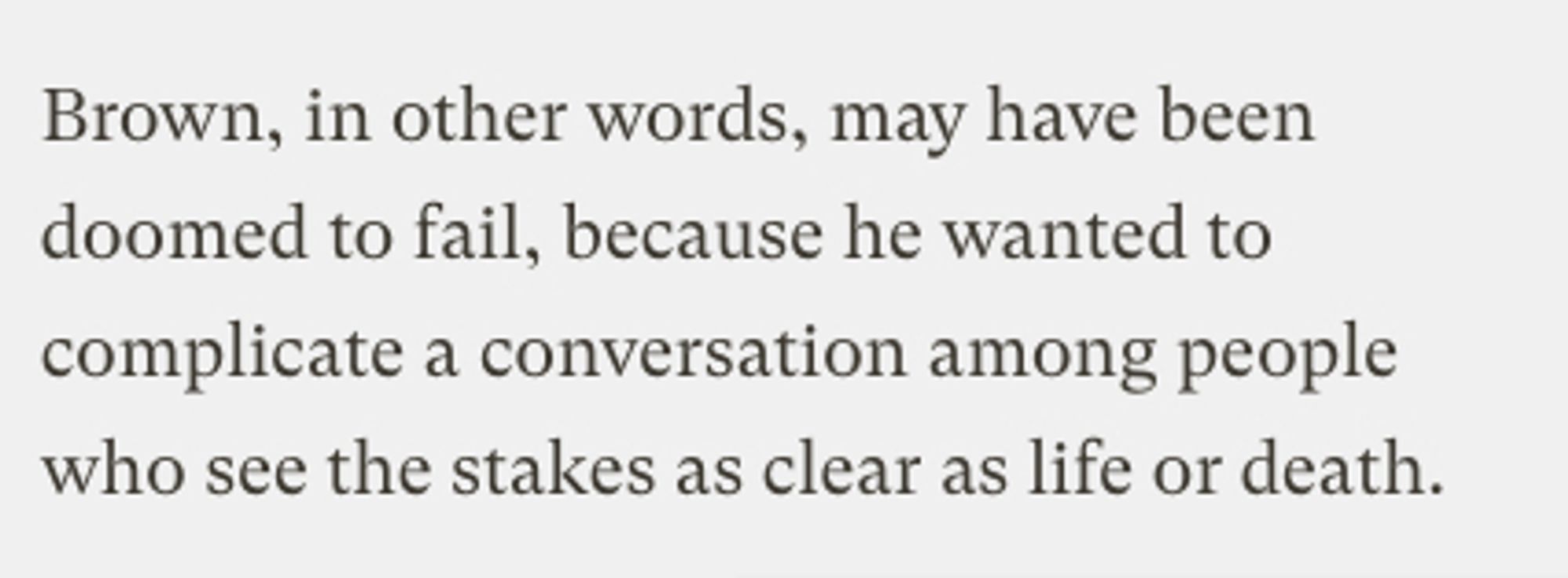
In July, a storm hit Houston, knocking out power for millions of residents and leaving them in the dark -- and in the heat. But it could have been much worse. @bananafish.bsky.socialwww.washingtonpost.com/climate-envi...
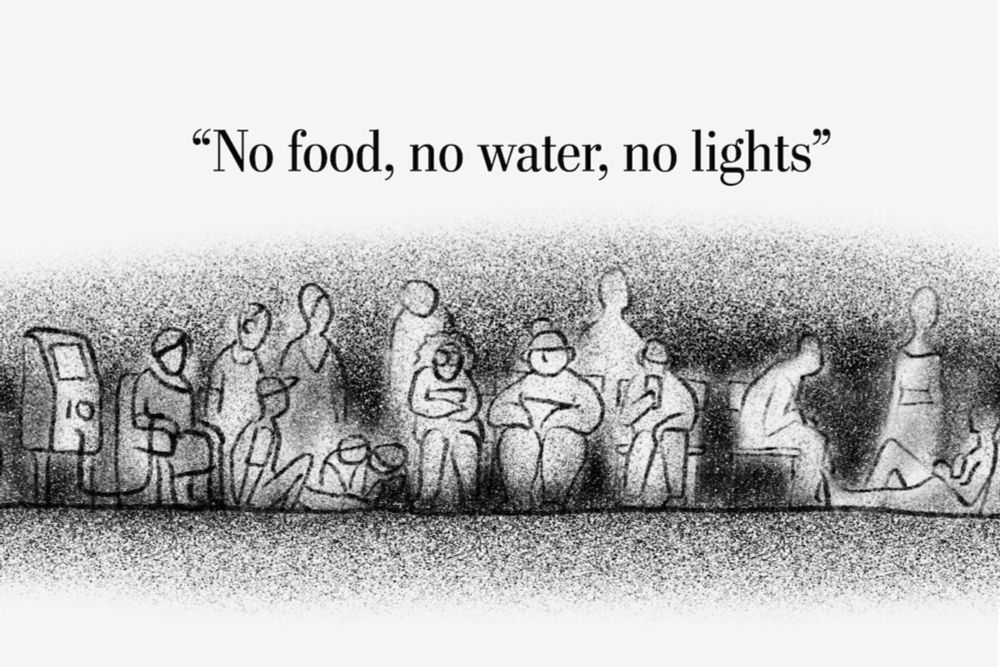
Experts warn this type of catastrophe -- a power outage combined with a heat wave -- could yield a major death toll.
It's the start of a 7-year, $30 million project to change the cow stomach. Much more here, in this piece by me and Emily Wright, with photos by Helynn Ospina. (And more photos of Sushi the calf!) /end www.washingtonpost.com/climate-solu...
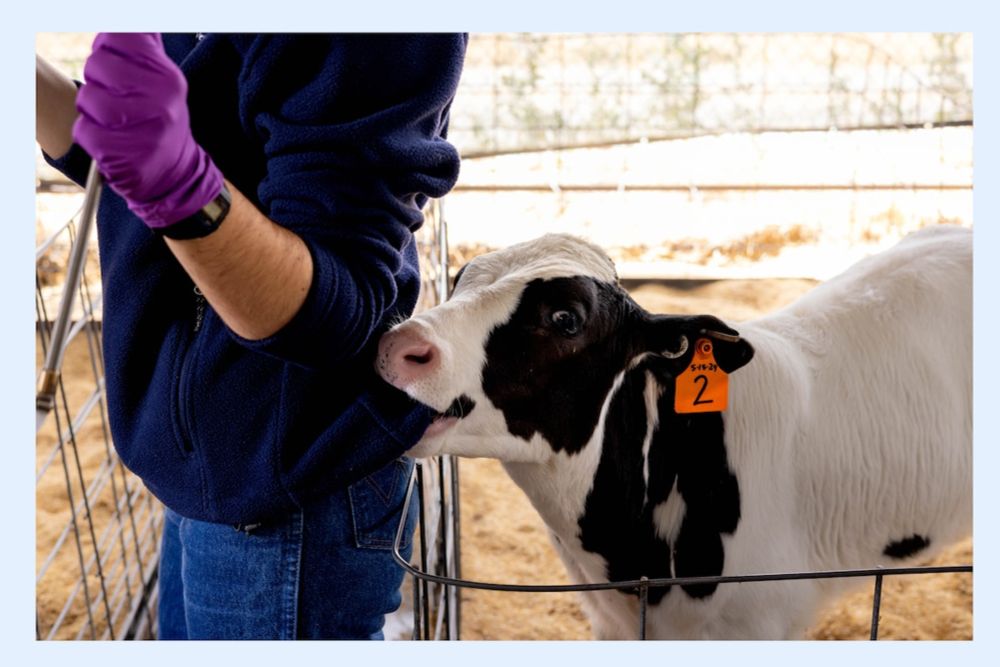
Scientists are studying how to genetically modify the makeup of cows’ gut microbiomes to prevent their planet-warming methane emissions.
Such a treatment could be given at the beginning of the cow's life -- enabling emissions cuts even for cows that spend most of their lives on pasture.
Other microbes -- like bacteria -- consume hydrogen as well. Scientists believe that they can give those other microbes a boost, helping them out-compete the archaea and turn H2 into energy, instead of methane.
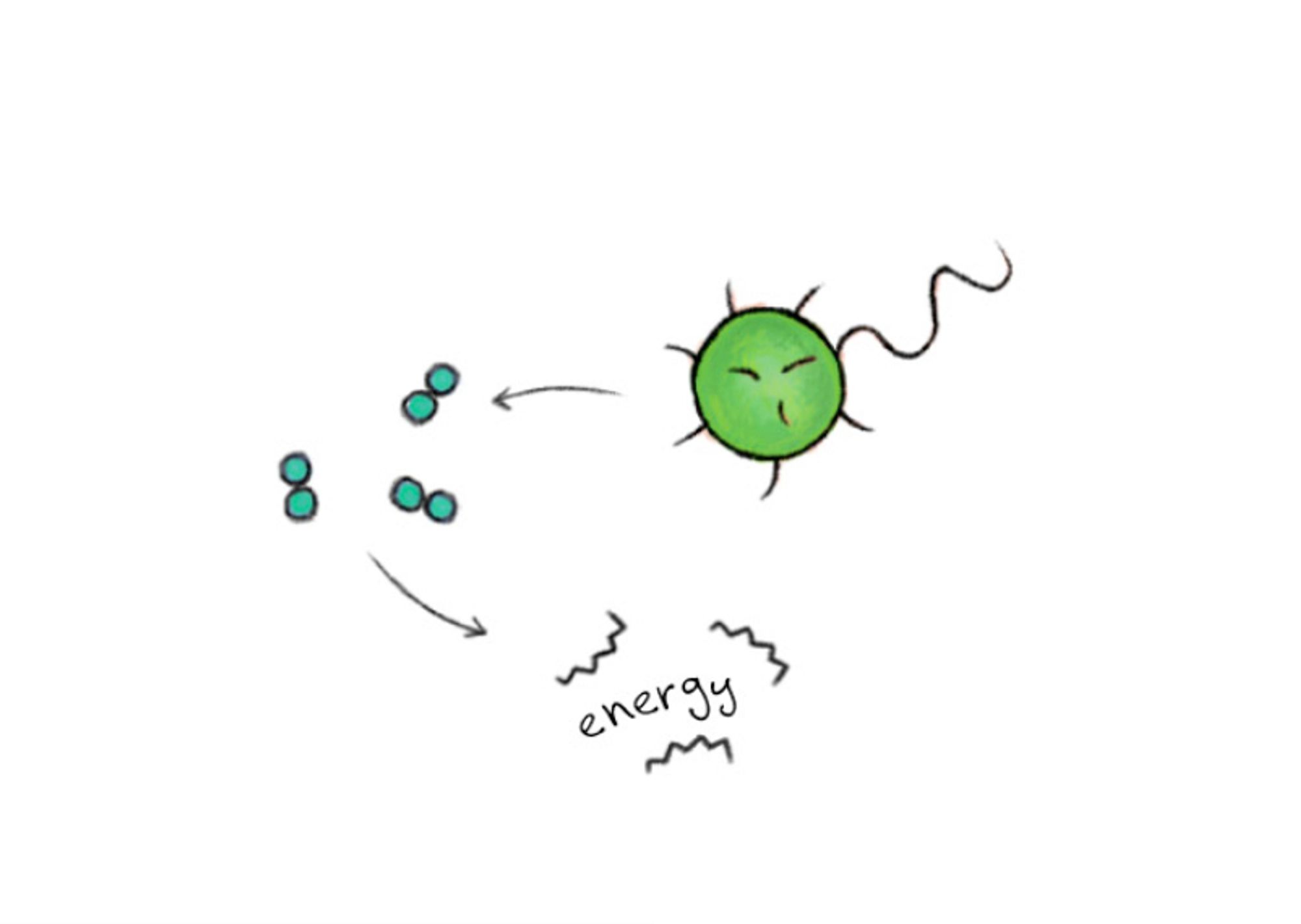
The most common method to reduce methane emissions is to add dietary additives to the cow's feed -- like oil made from red seaweed. These additives can reduce emissions by up to 80%. But most of the cows in the US are not fed every day by humans.

So it's not cows themselves that create the methane -- it's these tiny creatures in their microbiome. And researchers at the Innovative Genomics Institute, the group founded by Nobel-prize winning Jennifer Doudna, believe that they can tweak that microbiome with CRISPR.
This is where the problem starts. Tiny single-celled organisms known as archaea take that H2 and CO2 and convert it into methane. That methane -- a greenhouse gas many times more potent than CO2, is burped up into the atmosphere.
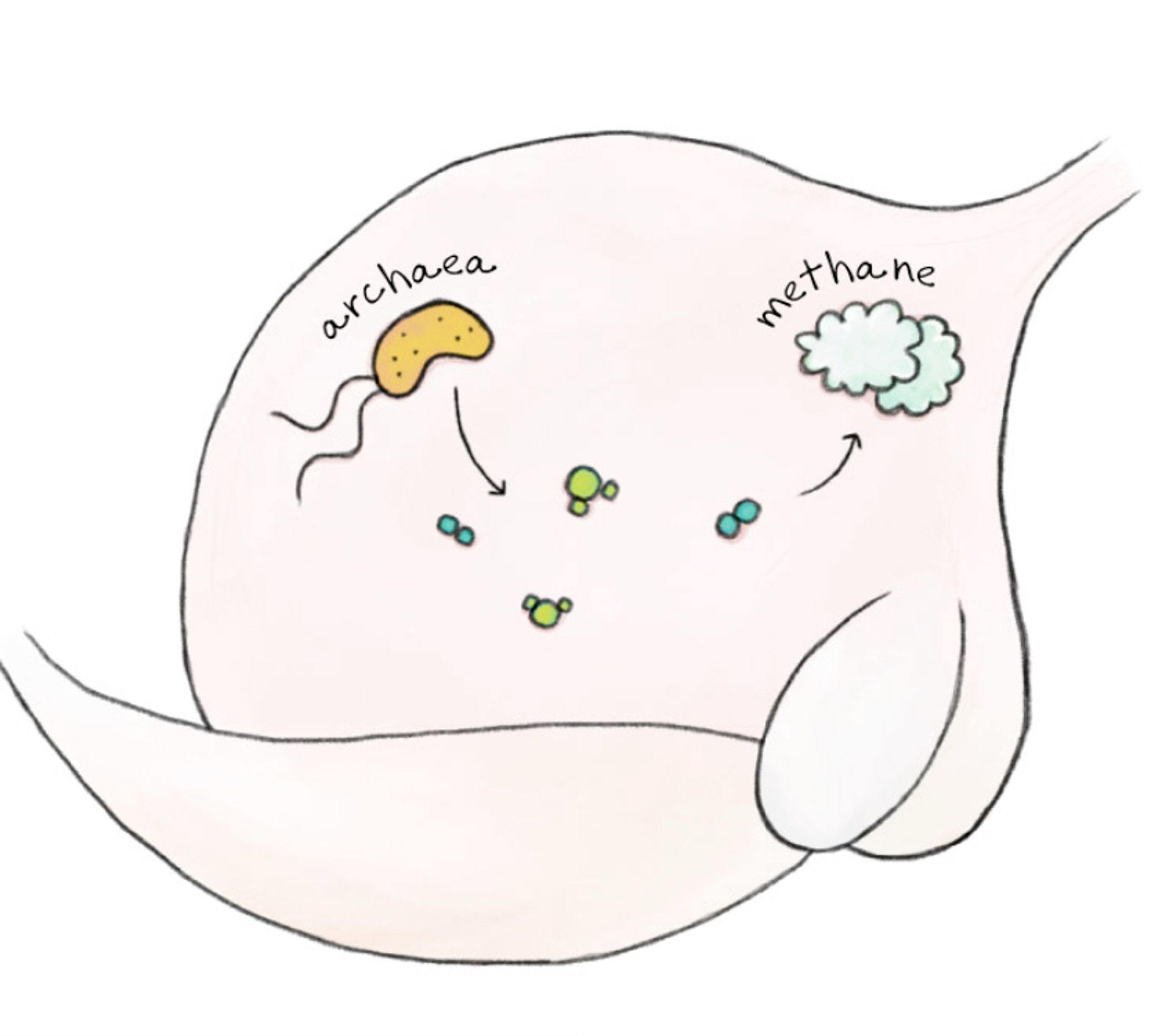
In the human stomach, acids break down food. In the cow stomach, tiny microbes are the stars of the show. In the rumen -- the biggest chamber of the cow gut -- bacteria ferment sugars into energy, H2, and CO2. 3/
